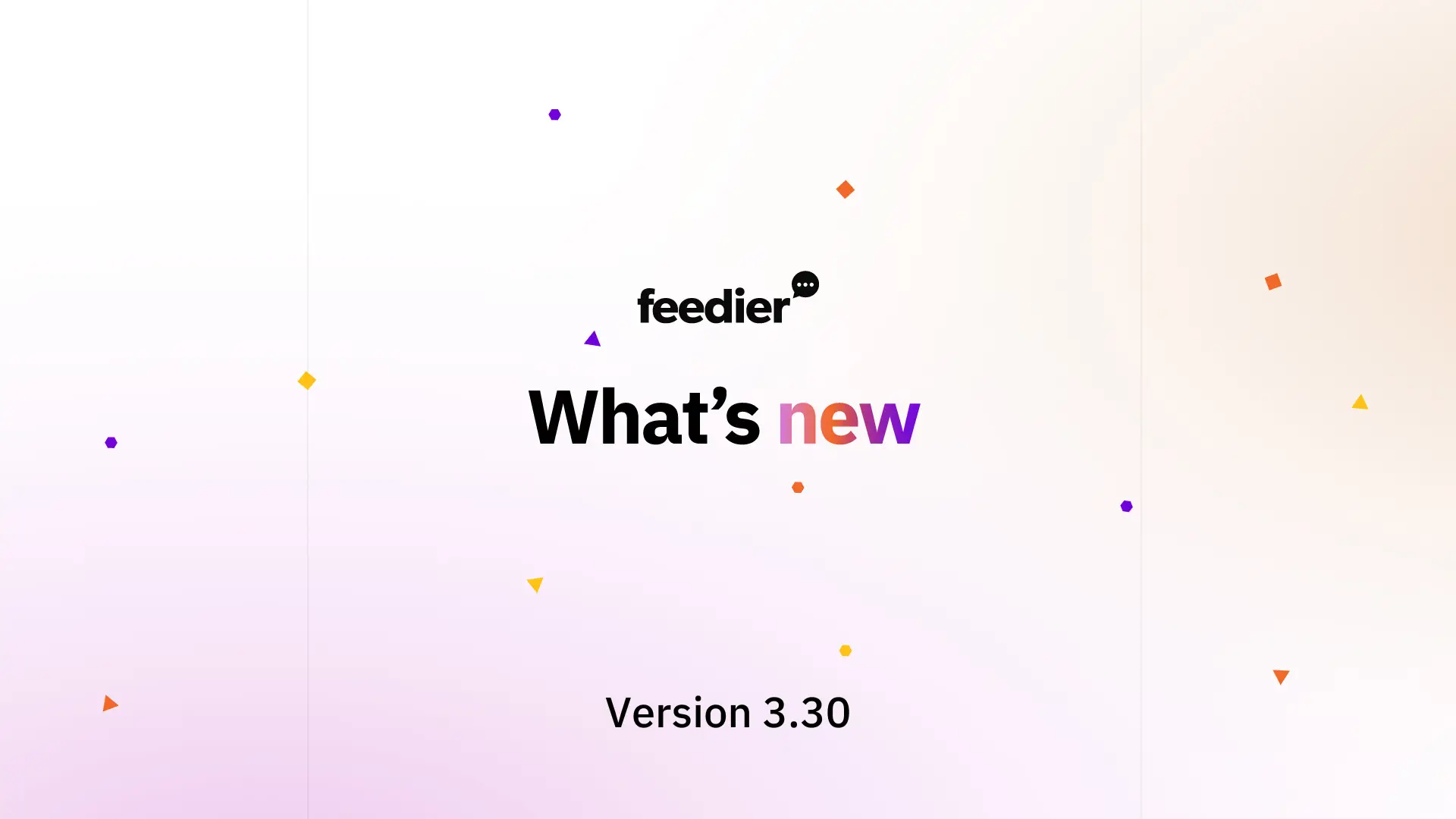The latest update to the Feedier platform brings powerful new features to improve reporting flexibility and efficiency. With version 3.30, users can now compare multiple filters in benchmarking reports, automate report creation for different attribute values, and streamline report organization with improved folder management.
These enhancements aim to save time, improve data analysis, and simplify collaboration across teams. Let’s explore what’s new in this version.
Compare multiple filters with benchmark breakdown
Benchmarking plays a crucial role in identifying trends and extracting insights from various datasets. Previously, Feedier only allowed users to compare two filters at a time, limiting the scope of analysis. With version 3.30, the Filters Breakdown feature introduces a more flexible way to compare insights across multiple filters simultaneously, removing the need for manual segmentation.
This new functionality simplifies the reporting process by allowing users to manage multiple filters directly within the Report Builder. Instead of creating separate reports for different data comparisons, users can now add multiple filters in a single report, making analysis more efficient. Each filter can be easily modified, renamed, or removed, providing greater customization and control over the breakdown.
By enhancing benchmarking capabilities, Feedier enables users to gain a more complete view of customer feedback, refine their analyses, and save valuable time. With deeper insights available at a glance, businesses can make more informed decisions and act faster to improve customer experience.
Automate report creation with Autopilot
Managing multiple reports manually can be time-consuming, especially when handling different categories, locations, or customer segments. Previously, users had to create separate workflows for each report, making the process repetitive and inefficient.
With version 3.30, the Create Multiple Reports feature in Autopilot simplifies this process by allowing users to generate multiple reports at once, eliminating the need for manual duplication.
How it works?
- Enable the “Create Multiple Reports” toggle within the Report Creation action.
- Select a template report, all key settings, such as report type (public or private) and filters, are automatically applied.
- Choose an attribute (e.g., store locations, product categories). Autopilot will then generate a separate report for each value.
- Automatic organization, reports are sorted into folders named after the attribute values.
This update significantly improves efficiency by reducing the time spent creating reports manually. Instead of generating reports one by one, users can now automate the process, allowing them to focus on analyzing data rather than managing files.
Consistency is also enhanced, as predefined templates and filters ensure that all reports follow the same structure, reducing errors and discrepancies. Additionally, automated folder organization makes it easier to retrieve and manage reports, eliminating the need for manual sorting.

Streamlined report organization with team folders
Managing reports efficiently is crucial for teams handling large volumes of data. Previously, reports could be stored in unsorted folders, leading to inconsistencies and making it harder to find specific reports when needed.
With version 3.30, Feedier introduces Teams as Default Folders, ensuring that every report is automatically stored in the correct team folder. This update eliminates the need for unsorted folders, streamlining report management and reducing unnecessary manual organization.
Now, when a report is created, it is directly assigned to the relevant team folder. Users can still move reports between teams or place them into specific subfolders, offering flexibility while maintaining a structured approach.
Why this matters?
- Simplifies collaboration by ensuring team members can easily locate and share reports within an organization.
- Saves time by reducing the need for manual sorting, allowing teams to focus on analyzing data and making informed decisions.

For example, a company with multiple regional offices can now ensure that all reports related to a specific region are automatically placed in the corresponding team folder. This structure keeps information accessible and well-organized, making data management smoother across the organization.
Conclusion
Version 3.30 of Feedier takes reporting to the next level by enhancing benchmarking capabilities, automating report creation, and streamlining organization. These updates eliminate manual processes, improve efficiency, and provide deeper insights, allowing teams to focus on what truly matters: making data-driven decisions that enhance customer experience.
With more flexibility, automation, and collaboration, this version ensures that reporting is faster, more precise, and seamlessly integrated into daily workflows.



